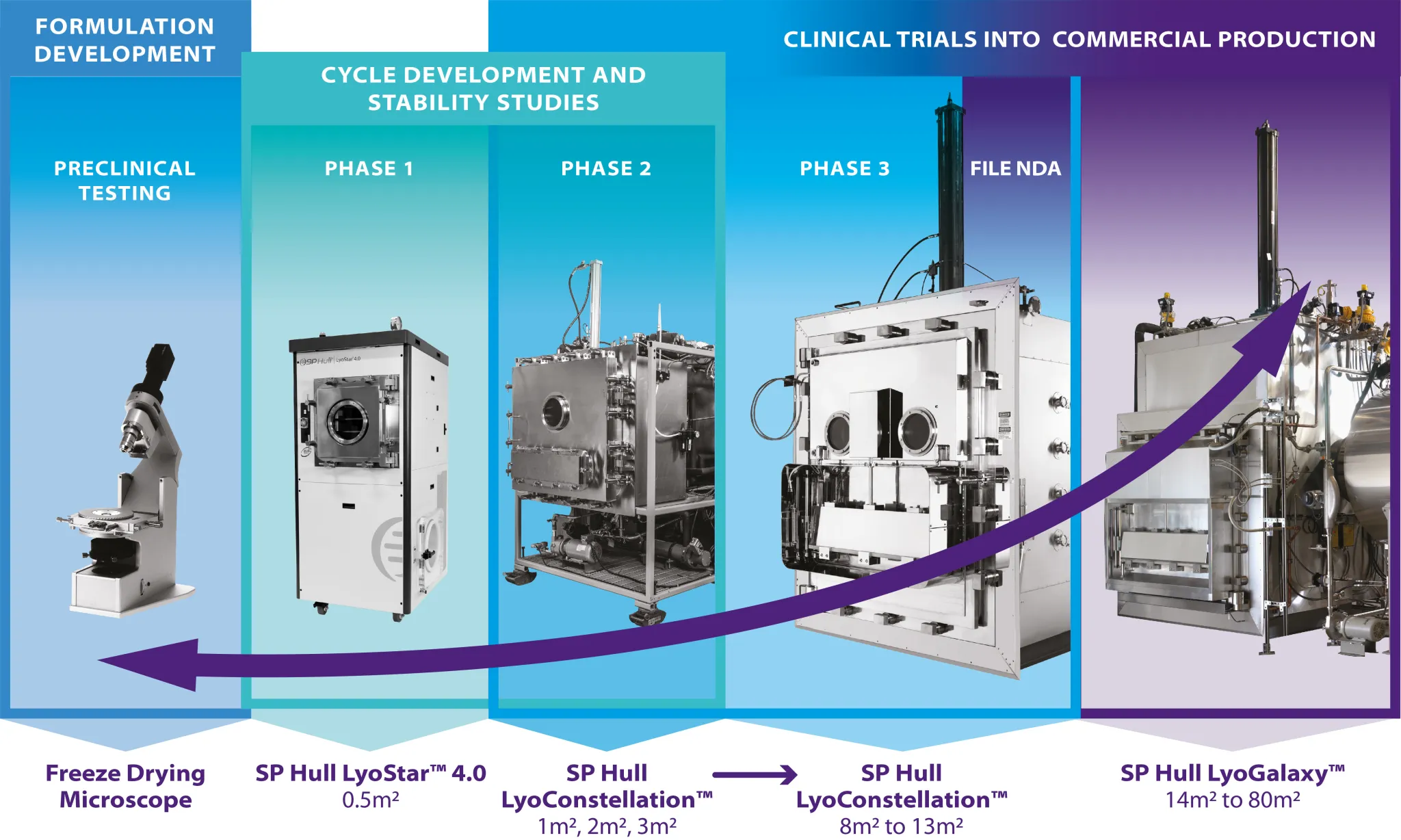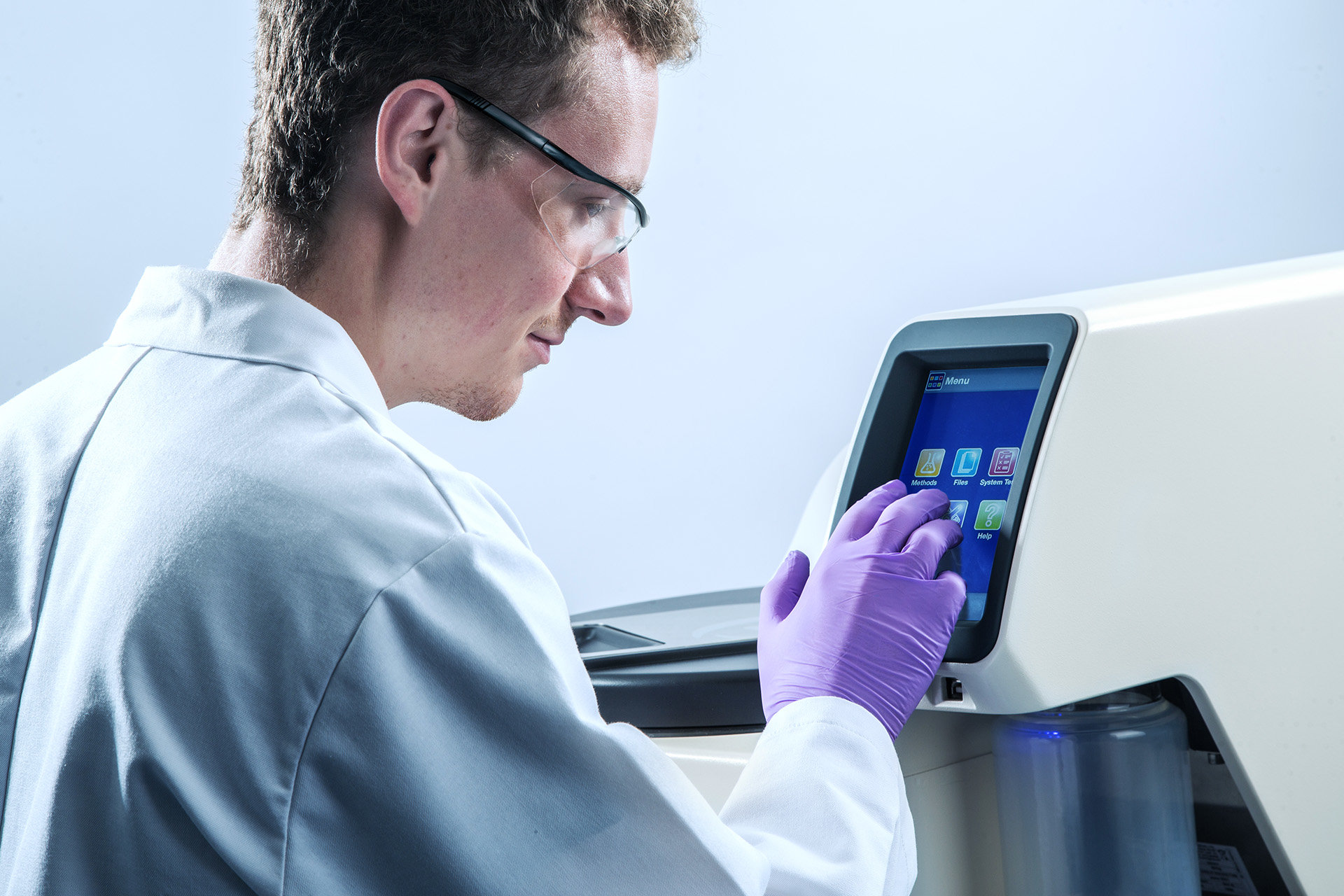Trifluoroacetic acid (TFA) presents unique handling challenges in evaporative workflows due to its volatility and corrosiveness. This document outlines optimized strategies to prevent sample loss and equipment degradation during TFA evaporation, including vessel selection, anti-creep containment, and precise pressure management. Recommended operating conditions maintain condenser efficiency while minimizing vapor transfer to pumps.
SP is a Part of ATS Life Sciences Group
SP is a Part of ATS Life Sciences Group
SP is a Part of ATS Life Sciences Group
SP is a Part of ATS Life Sciences Group
SP is a Part of ATS Life Sciences Group
SP is a Part of ATS Life Sciences Group
SP is a Part of ATS Life Sciences Group
SP is a Part of ATS Life Sciences Group
SP is a Part of ATS Life Sciences Group
SP is a Part of ATS Life Sciences Group


Frequently used links






